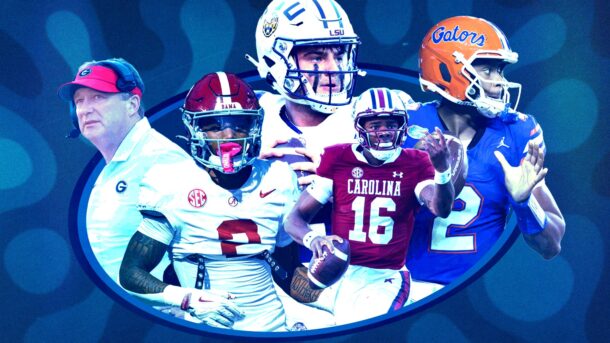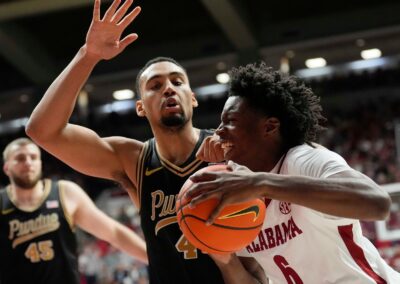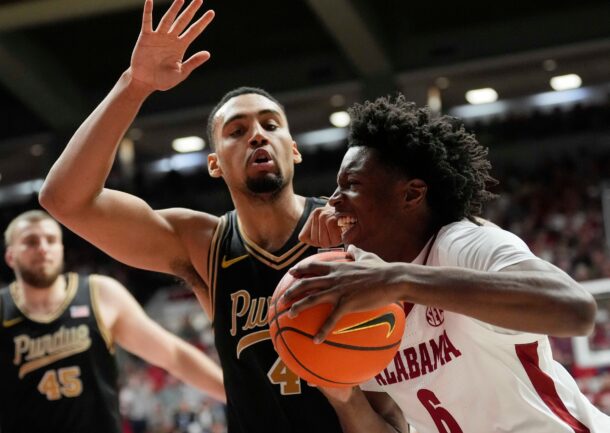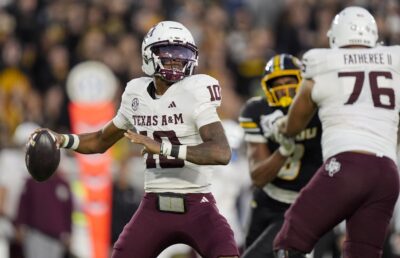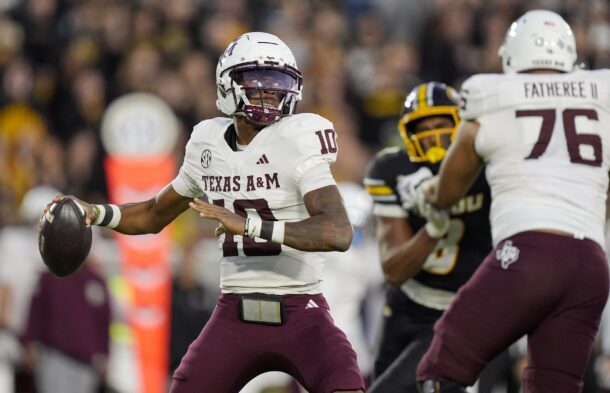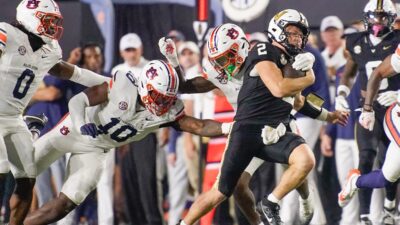The idea of ‘SEC bias’ has been a hot-button topic throughout the 2014 college football, err, since the 2006 season when SEC won the first of seven consecutive national championships, but is there a legitimate facts-based argument supporting the claim?
RELATED: Idea of ‘SEC bias’ is ridiculous
Scott Bryant, a writer and apparent network television guru for Awful Announcing, recently used a stopwatch to track the amount of SEC coverage during several full-length College GameDay broadcasts.
Bryant’s data during the popular three-hour pregame show backs the SEC Bias claim, at least from a viewer’s perspective, much to the chagrin of analysts Chris Fowler, Kirk Herbstreit and Scott Van Pelt who have each publicly reprimanded the claims this season.
From Bryant’s story:
Inspired by Fowler’s claims, I decided to watch three hours of College Gameday, with a stopwatch, to compile the amount of airtime that was given to each conference during its broadcast. Assuming that, in the interest of being a network that “televises a bracket,” it would want to give equal airtime to, as Fowler noted “a west coast team, [a] midwest team, [a] team from the Big 12 or ACC…”
His findings prove a point:
College GameDay data from Baton Rouge, Oct. 25
- SEC – 1:02:08
- Big Ten – 15:59
- Big 12 – 15:19
- PAC12 – 10:57
- D-III – 5:00
- Ivy League – 1:08
- ACC – 0:43 (brief segment from George Whitfield on Jameis Winston)
College GameDay data from Morgantown, Nov. 1
- SEC – 36:30
- Big 12- 17:51
- PAC 12 – 14:00
- Big Ten – 11:00
- C-USA – 2:50
- ACC – 2:14
- Independents – 2:10
Oftentimes ‘SEC bias’ claims come across as whiny from fans/media members from other Power 5 affiliations and are quickly refuted:
Enough of the Indiana jokes. It’s interfering with SEC bias.
— Paul Finebaum (@finebaum) November 1, 2014
So much bias inside. RT @DellengerAdv: Spotted in #LSU sports info office – wooden #SEC briefcase. pic.twitter.com/zWfOcLVrjB
— Adam Kramer (@KegsnEggs) November 3, 2014
#SECBias RT @MikeHumesESPN: Auburn-Ole Miss posts 3.8 overnight rating, highest overnight for a CFB game of season on ESPN
— Barrett Sallee (@BarrettSallee) November 2, 2014
For all the #fsutwitter ESPN has an SEC bias people, do you not remember Cam Newton and Johnny Manziel? Both got crushed by ESPN.
— Clay Travis (@ClayTravisBGID) October 29, 2014
Probably a very VERY safe bet. RT @ATXsandman: Haters will tweet about “SEC bias” in the next 24 hours. @finebaum @ESPNDari
— Dari Nowkhah (@ESPNDari) October 28, 2014
